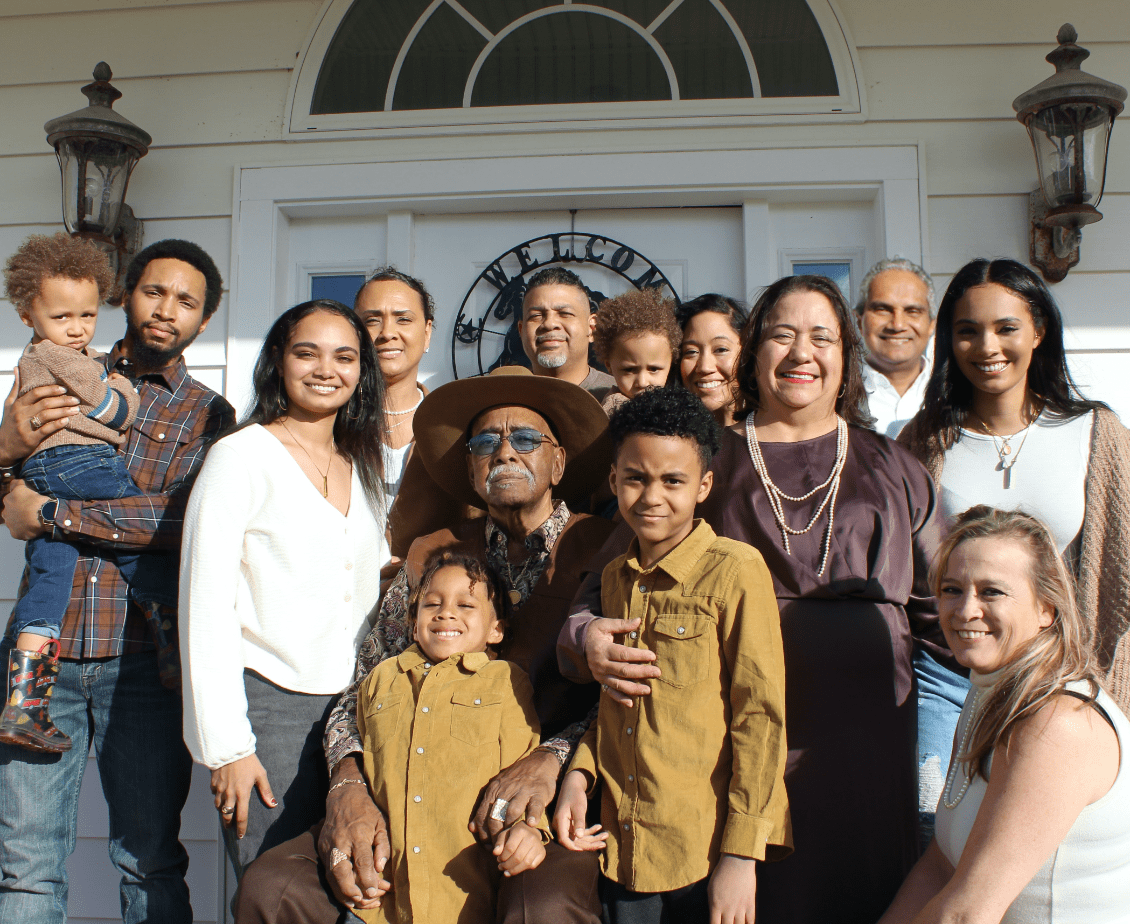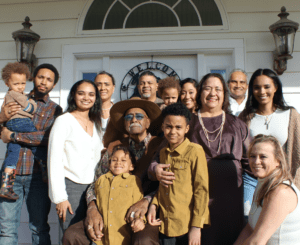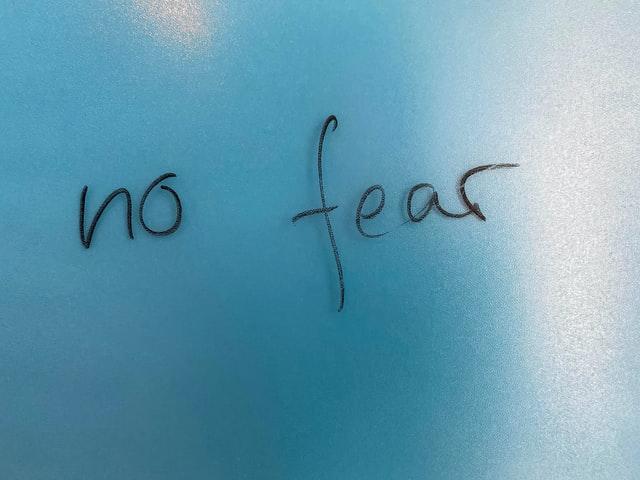Nonprofit Marketing & Fundraising Are Like Peanut Butter & Jelly
They’re meant for each other. Yet it may take a while to bring them together.
Here’s what I mean:
Peanut butter was first introduced at the 1893 Chicago World’s Fair. It didn’t get mixed with jelly until 1901, when the first PB&J sandwich recipe appeared in the Boston Cooking School Magazine of Culinary Science and Domestic Economics. It was served in upscale tea rooms, and was exclusive food. Until the world changed.
The 1930 Depression made peanut butter, a low-cost, high-protein source of energy, a star. But not the combo sandwich. Not yet.
Then…WWII.
Peanut butter and jelly were on U.S. Military ration menus. Soldiers added jelly to the peanut spread to sweeten the sandwich and make it more palatable. When soldiers came home from the war, peanut butter and jelly sales soared.
Suddenly this marriage became the norm. Why separate them? After all, they went together like… PB&J!
We never looked back.
How is Nonprofit Marketing and Fundraising Integration like the Marriage of PB&J?
They didn’t start out married, but they belong together.
Here’s what I mean:
Details

 The Unfair Exchange
The Unfair Exchange
 When I think about nonprofit content marketing, one of my favorite marketing strategists is Jay Baer, author of
When I think about nonprofit content marketing, one of my favorite marketing strategists is Jay Baer, author of 
 People are more generous when they feel more connected.
People are more generous when they feel more connected. 
 If I had to tell you what you need to do to succeed with major gift fundraising in one sentence it would be this:
If I had to tell you what you need to do to succeed with major gift fundraising in one sentence it would be this:
 Most fear of fundraising boils down to two factors:
Most fear of fundraising boils down to two factors:


